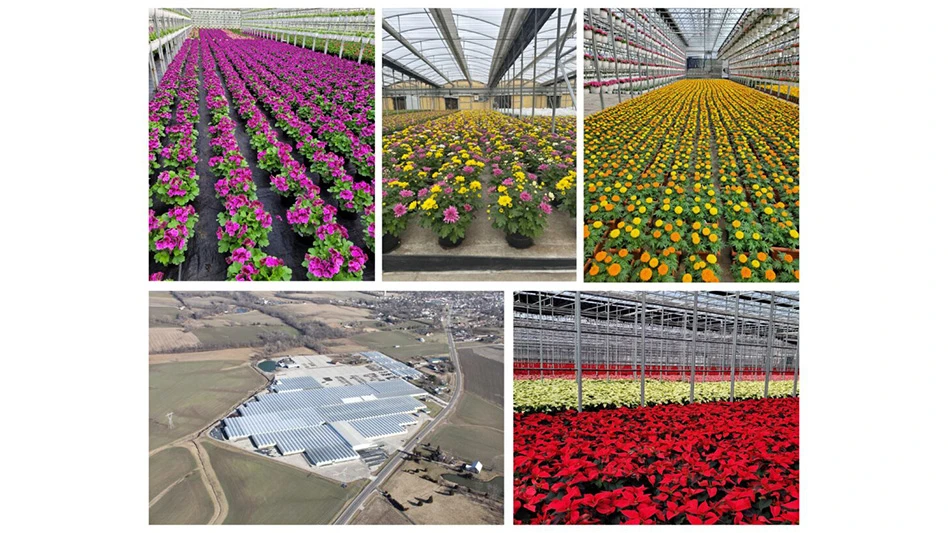

The leaves of swamp white oak are dark green on top and silvery white underneath, hence the species name. And when a breeze blows across the tree, the silvery underside contrasts with the dark green upper leaf surface, creating a shimmering effect.
Swamp white oak is a lowland tree and is native throughout most of the northeastern United States and as far west as Iowa and south to Arkansas. While it grows best in rich, deep, wet to even poorly drained soils, it also does well on dryer, compacted sites. Trees that can tolerate wet sites can often do well on compacted sites since their roots have developed to grow in low oxygen soils.
Swamp white oak starts out with a pyramidal shape but as it grows it becomes more rounded and spreading. There are very few pests of swamp white oak and it is a relatively easy tree to transplant.
Why grow Quercus bicolor?- Adaptable to several types of soil conditions.
- Native and hardy throughout a large area of North America.
- The bicolored leaves provide a light show of sorts when the breeze blows through the tree.
- No serious pest or disease problems.
Sources: Nebraska Forest Service, Ohio State University

Explore the January 2016 Issue
Check out more from this issue and find your next story to read.
Latest from Nursery Management
- GIE Media Horticulture Group wins five regional 2025 Azbee Awards of Excellence
- Get to know Pat Reilly with NewGen Boxwood and the American Boxwood Society
- Terra Nova Nurseries introduces rust-free and disease-resistant heucherella
- John T. Nickel, founder of Greenleaf Nursery Co., passes away at 89
- Three tours offered at 2025 Farwest Show
- Garden Media Group announces sixth annual Women in Horticulture Week
- Star Roses and Plants announces National Knock Out Rose Day
- The Growth Industry Episode 4: How federal budget cuts are affecting horticulture nonprofits





